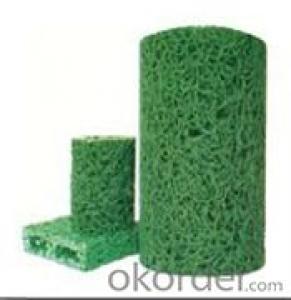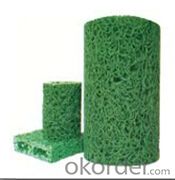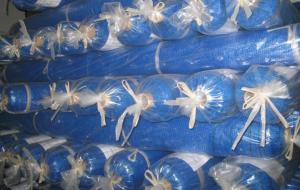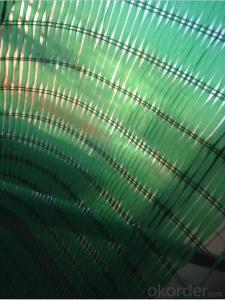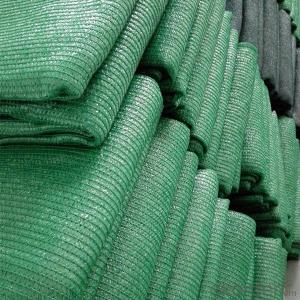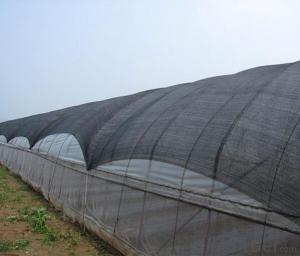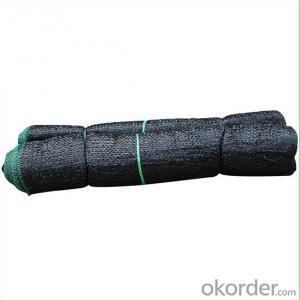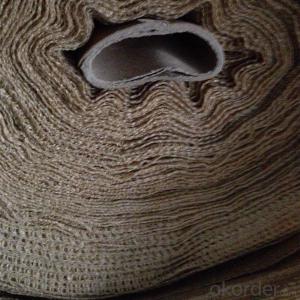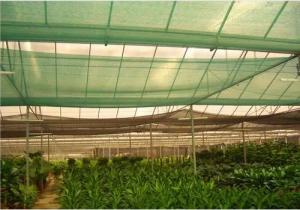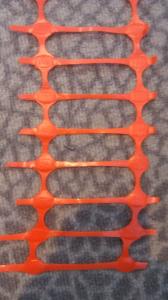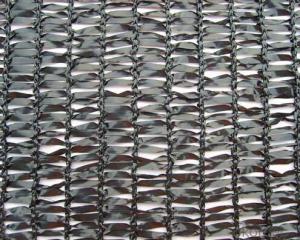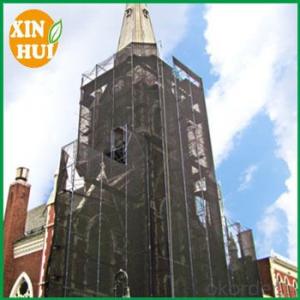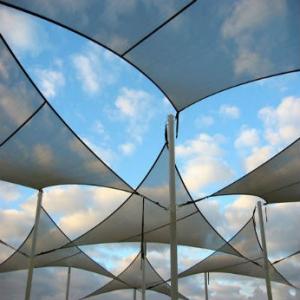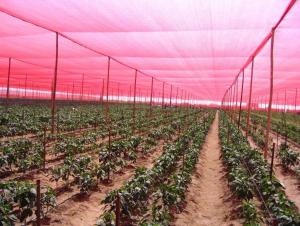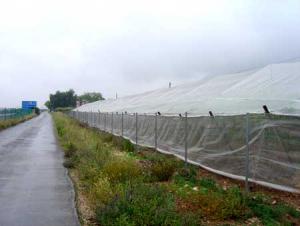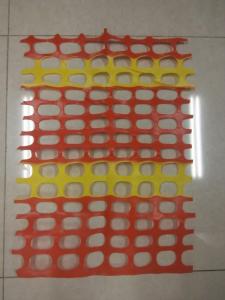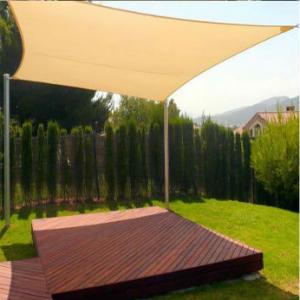Orange Plastic Safety Netting Plastic Blind Drain
- Loading Port:
- China Main Port
- Payment Terms:
- TT OR LC
- Min Order Qty:
- -
- Supply Capability:
- -
OKorder Service Pledge
OKorder Financial Service
You Might Also Like
Specifications
1.Plastic Blind Drain2.three-dimensional multi-hole material
3.shape:Cylinder ,Cuboi4
4.high PH resistance and hardness
Intruduction:
Plastice blind drain is also named blind ditch or underdrain.It is three-dimensional multi-hole material by melting joint of fiber extruded from melted thermoplastic composite resin.
Feature:
the product has the fetures good water permeability, filtering performance anti-flaming, high PH resistance, high elasticity, and high hardness, tec.
Application:
Engineering application of plastic blind drain:
1. Drainage of road and railway ground and shoulder.
2. Drainage of back of retaining wall (vertical and horizontal drainage).
3. Drainage of tunnel and underground channel.
4. Drainage of slopes such as hillside and bank slope.
5. Horizontal drainage of weak ground treatment.
6. Drainage in sports ground, golf course, airport, park and other greening places.
7. Drainage in coal depot, landfill waste site and fertilizer depot.
8. Drainage bedding of decompression.
9. Drainage system of underground irrigation of agriculture and gardening.
10. Drainage of roof garden.
11. Filtering material of sewage treatment
- Q: Are plastic nets suitable for crab traps?
- Yes, plastic nets are suitable for crab traps. They are commonly used in crab traps due to their durability, resistance to water damage, and ability to effectively catch and hold crabs. Plastic nets are also easy to clean and maintain, making them a practical choice for crab fishing.
- Q: How do plastic nets affect wildlife habitats?
- Plastic nets can have detrimental effects on wildlife habitats. They can entangle and trap animals, leading to injuries or death. Additionally, these nets can disrupt the natural behavior and movement patterns of various species, impacting their ability to find food, shelter, or reproduce. The accumulation of plastic nets in water bodies can also contaminate and degrade habitats, harming aquatic organisms and their ecosystems. Overall, plastic nets pose a significant threat to wildlife and contribute to the ongoing decline of biodiversity in many habitats.
- Q: Can plastic nets be used for creating decorative ceiling panels?
- Yes, plastic nets can be used for creating decorative ceiling panels. Plastic nets are lightweight and flexible, making them ideal for creating intricate and unique designs. Additionally, plastic nets are available in various colors and patterns, allowing for endless possibilities in creating decorative ceiling panels.
- Q: Can plastic nets be used for building safety barriers?
- Yes, plastic nets can be used for building safety barriers. Plastic nets are lightweight, durable, and easily customizable, making them suitable for various safety applications. They can be installed as fencing or barriers to prevent falls, control access, or protect workers or pedestrians from potential hazards. Additionally, plastic nets are often more cost-effective and easier to maintain compared to traditional materials, making them a popular choice for safety barriers in construction and other industries.
- Q: Are plastic nets resistant to UV radiation?
- Yes, plastic nets are generally resistant to UV radiation. Many plastic nets are specifically designed and treated with UV stabilizers to enhance their durability and prevent degradation when exposed to sunlight. This UV resistance helps prolong the lifespan of plastic nets, making them suitable for various outdoor applications.
- Q: What are the common applications of plastic nets?
- Plastic nets have a wide range of applications, including packaging materials, fencing and barrier systems, gardening and agriculture, construction and building, aquaculture, and even in the fashion industry for creating mesh fabrics.
- Q: Are plastic nets commonly used in the construction of soccer fields?
- No, plastic nets are not commonly used in the construction of soccer fields.
- Q: Can plastic nets be used for packaging beauty products?
- Yes, plastic nets can be used for packaging beauty products. Plastic nets are often used as a protective and aesthetic packaging material for various products, including beauty and cosmetic items. They provide a lightweight and breathable packaging solution that allows for visibility and easy access to the product while ensuring its safety during transportation and storage.
- Q: How are plastic nets different from plastic meshes?
- Plastic nets and plastic meshes are similar in nature but differ in terms of their structure and functionality. While both are made of plastic materials, plastic nets typically have larger openings and are used for larger-scale applications such as fencing, safety barriers, or packaging. On the other hand, plastic meshes have smaller openings and are commonly used for filtration, sieving, or reinforcement purposes.
- Q: How do plastic nets affect water drainage?
- Plastic nets can impede water drainage by blocking the natural flow of water through soil or drainage systems. They can create a barrier that prevents water from seeping into the ground, leading to increased surface runoff and potential waterlogging. Additionally, if plastic nets become clogged with debris or sediment, they can further hinder water drainage and exacerbate flooding risks.
Send your message to us
Orange Plastic Safety Netting Plastic Blind Drain
- Loading Port:
- China Main Port
- Payment Terms:
- TT OR LC
- Min Order Qty:
- -
- Supply Capability:
- -
OKorder Service Pledge
OKorder Financial Service
Similar products
Hot products
Hot Searches
Related keywords
